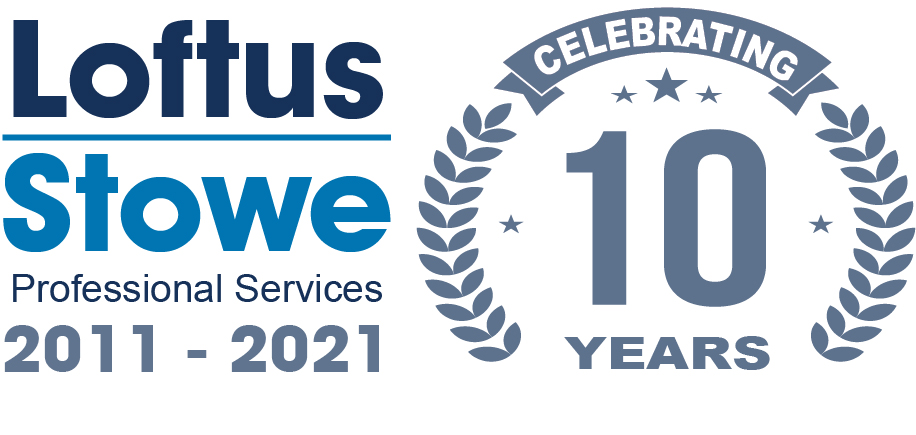Standard Chartereds(LSE: STAN) shares have slumped by 14% so far this year, and over the past 12months the company has lost more than a third of its value.
These declines are bound to attract bargain hunters. After all, Standard is now trading at a six-year low; its not often an offer like that comes around. Whats more, Standards shares currently trade at a historic P/E of 8.9 and are set to support a dividend yield of 4% next year.
However, while Standard Chartered looks cheap at first glance, the companycould be a value trap.
Value trap
Distinguishing between value traps and genuine value plays isnt an exact science but most value traps have key three common traits. By avoiding companies that display these characteristics, you can increase your chances of avoiding these traps.
Secular decline
The first common characteristic of value trapsis that of secular decline. Simply put, the company may be serving a market that no longer exists in the way it used to. No matter how good the company is at what it does, if the sector itself is contracting, the firm will struggle to instigate a turnaround.
Standard seems to be under pressure from cyclical forces. Standard has made a name for itself by lending to mining commodity-focusedcompanies over the years. With the commodity sector in turmoil, Standards bad loan losses are rising, and the company is working to change its business model.
So on balance, it looks as if Standards troubles are a direct result of cyclical economic factors.
Destroying value
The second most common trait of value traps is the destruction of value. In other words, investors need to ask if the companys management has destroyed shareholder value by overpaying for acquisitions and misallocating capital.
Standards current CEO, Bill Winters, has accused the banks previous management of exposing the group to losses and fraud as its aggressive expansion plan put quantity over quality. But now the bank is working to fix these mistakes.
Winters is looking tokick-start performance, reduce costs, slash bureaucracy, improve accountability and speed up decision-making. These goals should help the bank create value for shareholders and reverse some past mistakes.
Cost of capital
The third and final most common trait of value traps is a low return on equity (RoE). Put simply, RoE means the amount of net income returned as a percentage of shareholders equity. This figure should be above the cost of capital the cost of fundsused for financing a business.
Earlier this year, City analysts warned that Standards business model isnt sustainable if the groups RoE stays below 15% for much longer. Current figures suggest Standards cost of capital is in the low-teens.The bank is targeting a RoE of 10% in the medium term, which is clearly not enough.
The bottom line
Overall, Standard exhibits one of the three most common traits of value traps. The companys RoE is below its cost of capital. However, the group is working to restructure its operations and repair past mistakes.
With this being the case Standard could be a valueplay,although the company has many challenges ahead.
If you’re looking for a company with a more predictable outlook, the Motley Fool’s top analysts have recently identified a company that they consider to be one of the market’s“top small caps”.
The company in question is led by a renegade CEO, who has shunned the City but has managed todouble group sales within five years. What’s more, we believe that the company has the potential to increase profits by300% to 500%over the next few years.
All is revealed inour new free reportentitled“Is This Stock Tomorrow’s Big Winner?”
Don’t delay, download thefree report today— but hurry, it’s only available for a limited time.
Rupert Hargreaves has no position in any shares mentioned. The Motley Fool UK has no position in any of the shares mentioned. We Fools don’t all hold the same opinions, but we all believe that considering a diverse range of insights makes us better investors.





